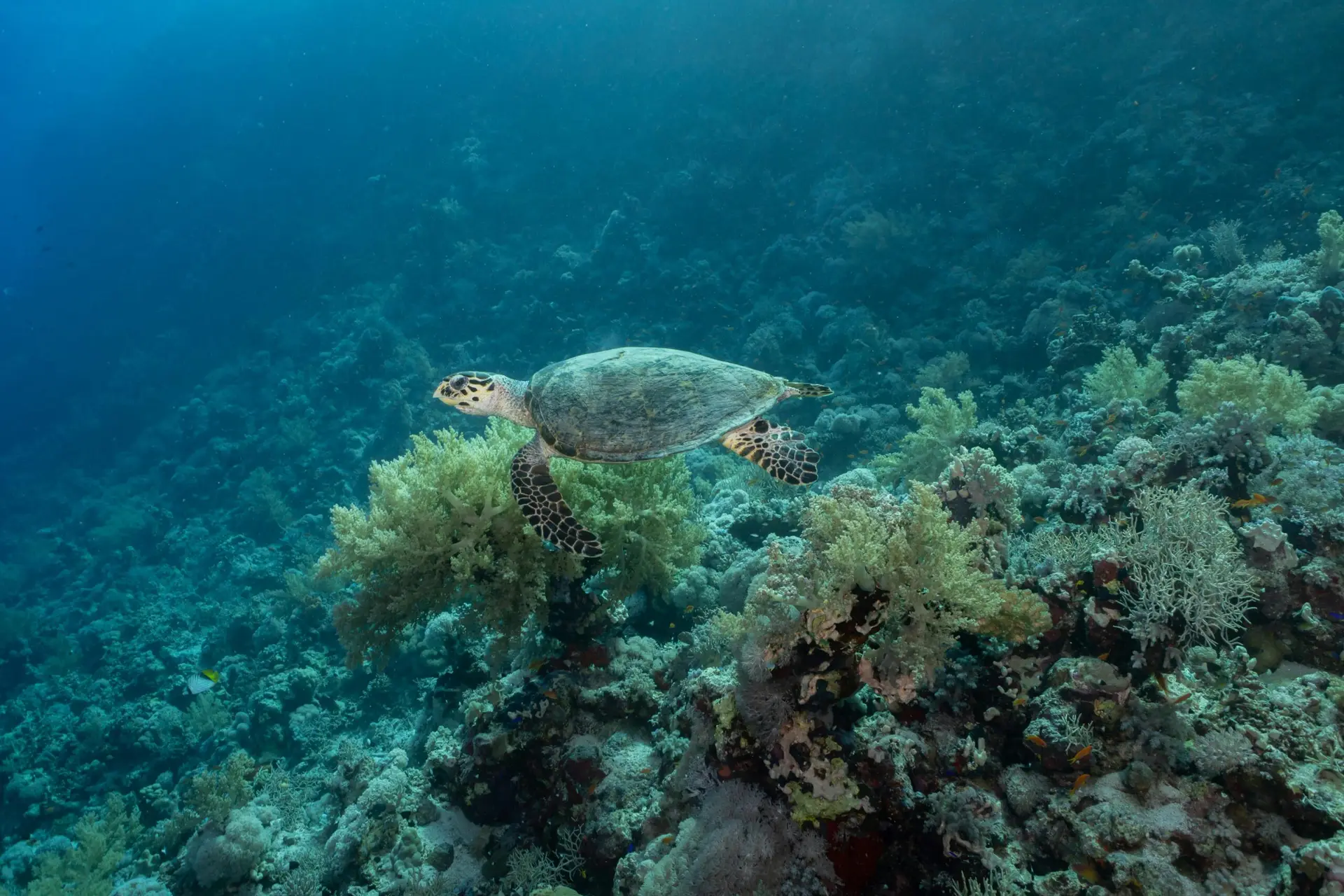Galapagos
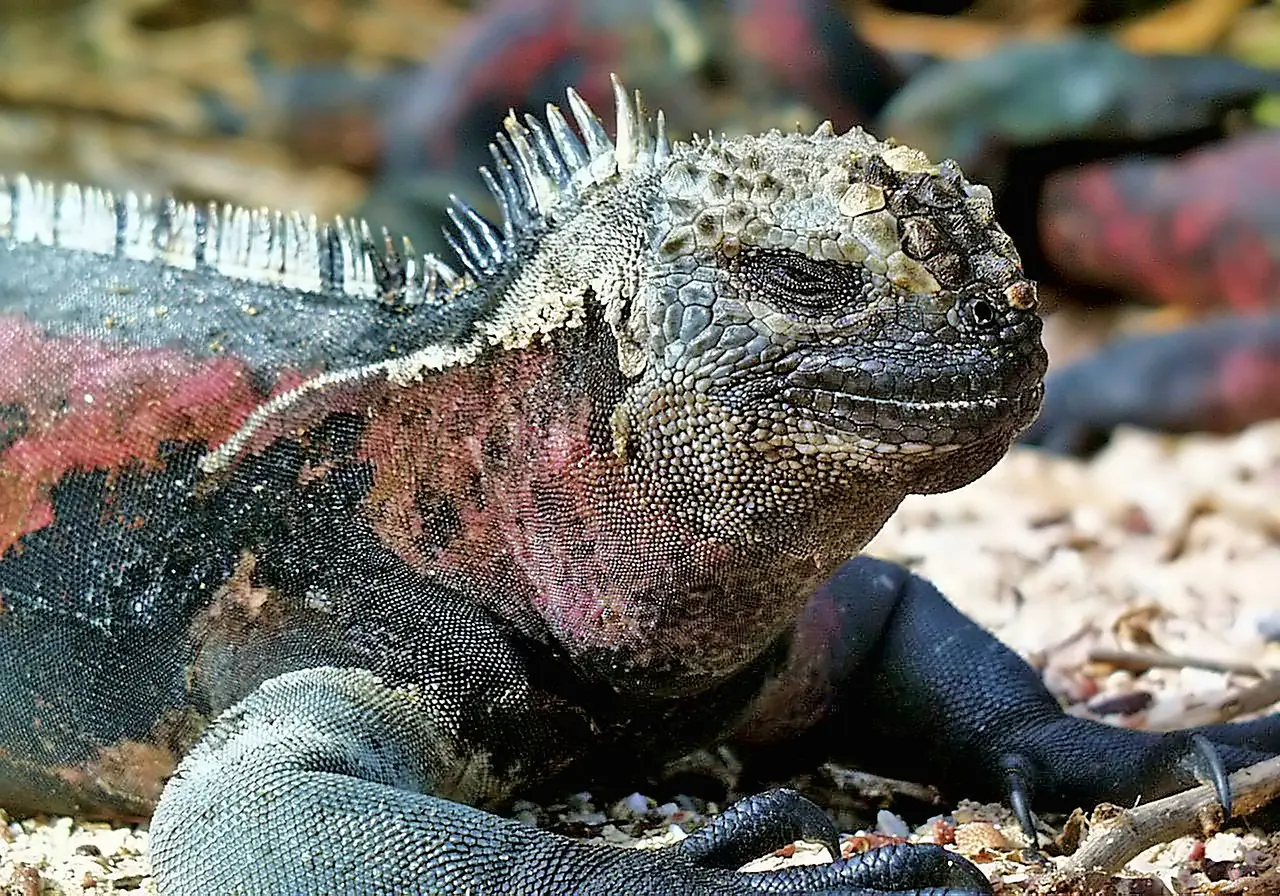 Galapagos Islands
Galapagos Islands
Description of Each of the Main Islands
With Key Wildlife Species
Which Islands to Visit in the Galapagos – Our Handy Guide for First Timers
The Galapagos Islands offer unsurpassed opportunities to get close to marine wildlife by land or sea. Check out each key island location below, and for more information and help in planning your trip check out our Galapagos Simplified Blog for a handy guide or just request a call back for more information.
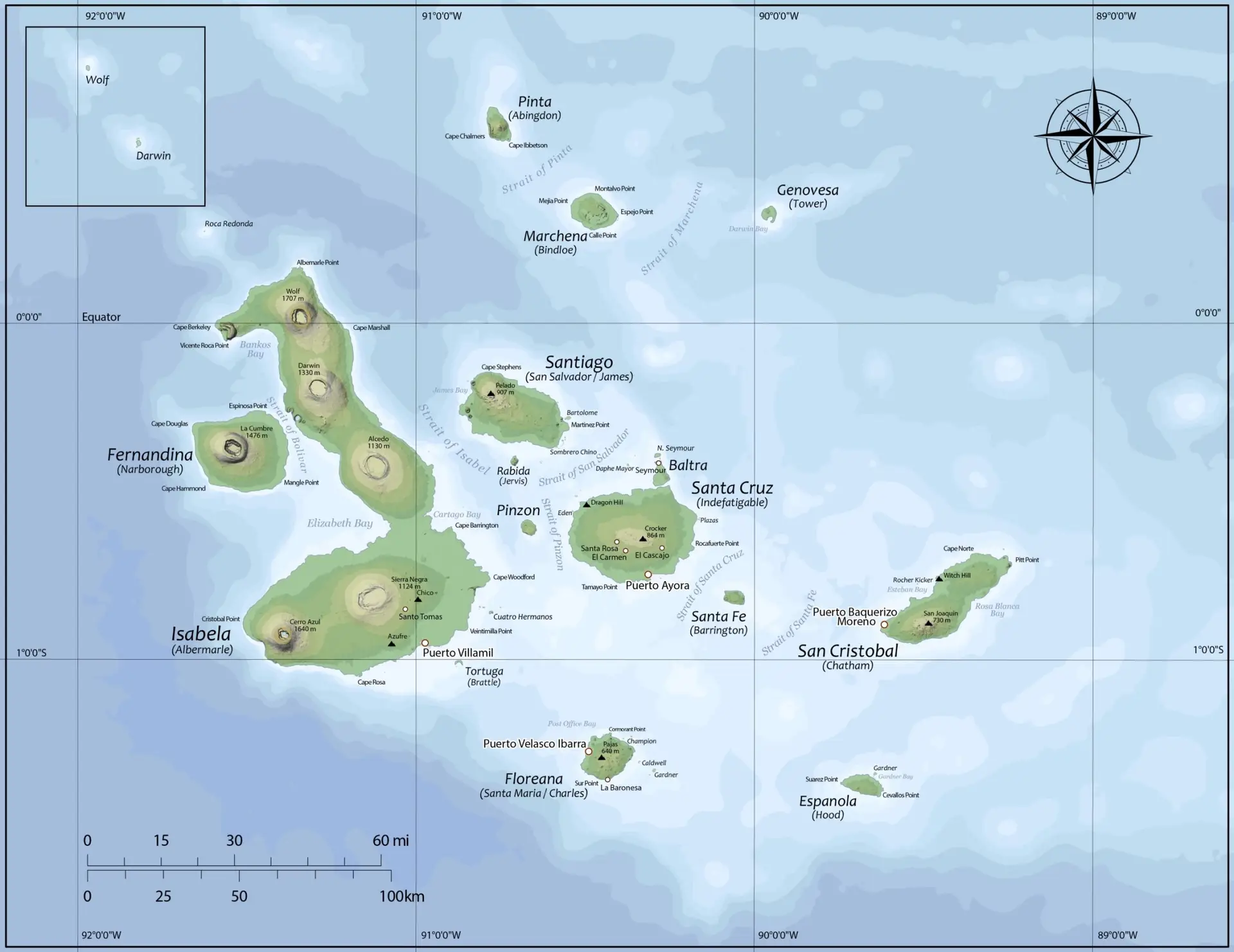
Santa Cruz
Santa Cruz is the central island of the Galapagos Archipelago. It is here that you arrive and depart (Baltra airport).
The island has some lovely low-key lodges and hotels – great for relaxing pre or post voyage or if you prefer to do a land based tour of the main islands.
Galapagos giant tortoises can be seen in the wild in the lush highlands along with colourful birds and other wildlife.
The Charles Darwin Station is a research facility and National Park Information centre. The Charles Darwin Station has a giant tortoise and land iguana breeding program and interpretation centre.
In the Cerro Mesa Reserve there a number of hiking trails where you can get fabulous views of the island. Visit Tortuga Bay Beach – a beautiful white sand beach which is great for snorkelling and at some times of year turtles come to nest here.
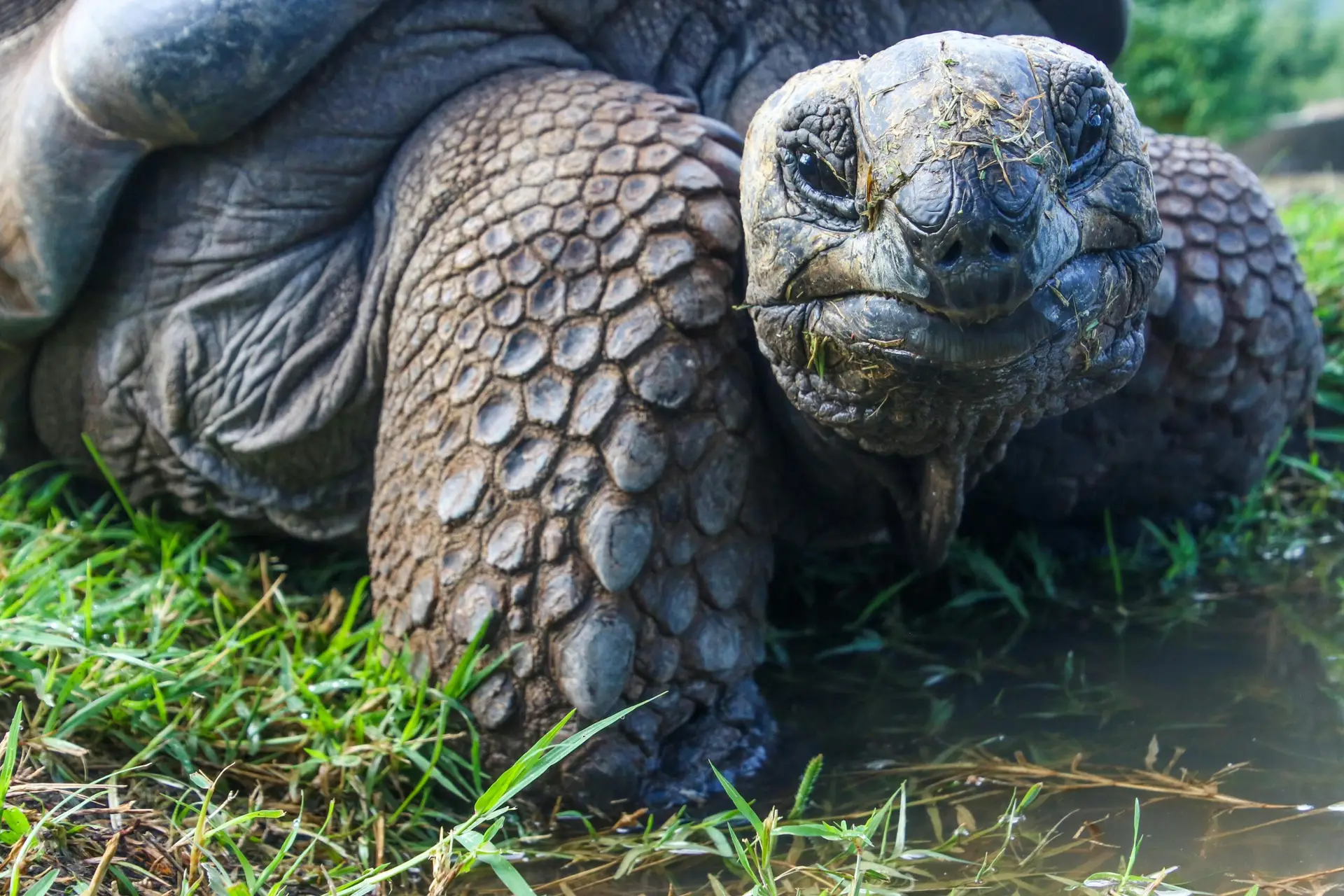
Galapagos Western Islands
Highlights of the Western Islands
Western Isabela and Fernandina Island
These are two key Galapagos Islands to visit.
Land iguanas, marine iguanas, lava lizards, sea lions, flamingos, penguins, flightless cormorant, brown pelican, Darwin finches, blue-footed boobies, swallow-tailed gulls, Galapagos hawk, Darwin finches.
Sombrero Chino Island
Sombrero Chino is a small volcanic island just off the southeast tip of Santiago. The name of the island describes the shape of the island. Fauna includes Sea lions, marine iguanas and the Galapagos penguin.
Rábida Island
Rábida is a small island with a dark red coral sand beach. Highlights include the lagoon with flamingoes, pelican nesting site, sea lion bachelor colony, and a snorkeling site at the end of the beach.
Santiago Island (James)
Santiago is located between Isabela and Santa Cruz Islands. This Island offers a wide variety of seabirds, marine iguanas and fur seals.
Bartolome Island
Bartolome is famous for its pinnacle rock and penguins.
Isabela Island (Albemarle)
Isabela is the largest of the Galapagos Islands formed by five active volcanoes fused together. Wolf Volcano is the highest point in the entire Galapagos at 1707m. Highlights include the Tortoise Breeding Station and the flamingo lagoon, along with some of the Galapagos most dramatic scenery and wildlife.
Fernandina Island
Fernandina is the youngest volcanic island and is still active. Punta Espinoza is a place famous for its large colonies of marine iguanas and as the habitat of unique species like the flightless cormorant, Galapagos penguin, Galapagos hawk, Galapagos snake, among others.
North Seymour Island
North Seymour is a flat piece of land which originated after an uplifting event thousands of years ago. The island is home to endemic Palo Santo trees, colonies of blue-footed boobies, swallow tailed gulls, and magnificent frigate birds.
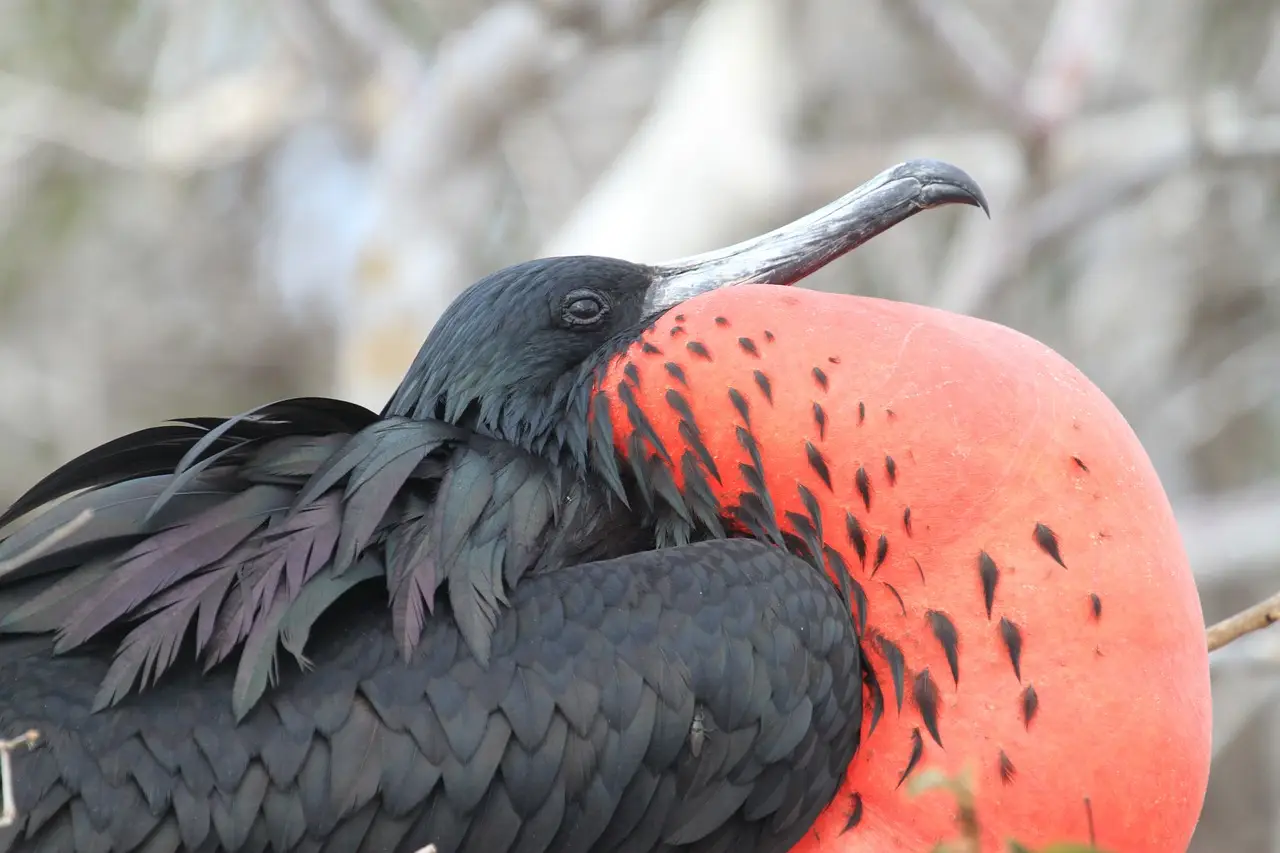
Galapagos Eastern Islands
Highlights of the Eastern Islands include:
Tower and Hood Islands
Again these are two key Galapagos Islands to visit with:
Land iguanas, marine iguanas, fur seals, lava lizard, Waved Albatross (Mar-Nov), frigate bird, blue-footed boobies, red-footed boobies, short-eared owls, lava herons, sea lions, nasca boobies, sea lions, Galapagos hawk, mockingbirds, flamingos, penguins
South Plaza Island
Plazas consists of two very small islands that were uplifted from the sea, separated by a channel. Only South Plazas has a visitor site. The highlights include tall Opuntia cactus, land and marine iguanas, rocky cliff that looks out towards open ocean which is also a nesting site for red-billed tropic birds and gulls, and a seal lion bachelor colony.
Santa Fe Island
Santa Fe is a smaller island of 24 km2. The visitor site Santa Fe is located on the northeast end of the island. Highlights include Santa Fe land iguanas, pelican nesting site, sea lion colony, mockingbird, and Palo Santo trees.
San Cristóbal Island (Chatham)
San Cristóbal is the easternmost island of Galapagos and also one of the oldest. Witch Hill (Cerro Brujo) is a volcanic cone that looks over a beautiful white sandy beach which has plenty of sea lions, pelicans, blue-footed boobies, waders and marine iguanas. Galapaguera is a good area to see tortoises in their natural environment.
Española (Hood) Island
Hood Island (Española): Hood is the oldest of the Southern Islands and is the southernmost in the archipelago. Because of its remote location a unique range of endemic species evolved here. There are some top snorkeling sites and beaches and wildlife highlights are the Waved albatross (April-Dec) that are only found on Hood, Galapagos Hawks, blue-footed boobies, Nazca boobies, and Española lava lizards.
Floreana Island
Floreana is best known for its colorful history of buccaneers, whalers, convicts, and early colonists. Post Office Bay is one of the few sites visited for its human history. Visit the wooden mail barrel where letters are dropped off and picked up and remains of the Norwegian fishing village.
James Island (Santiago)
James Island is located between Isabela and Santa Cruz Islands. This Island offers a wide variety of seabirds, marine iguanas and fur seals, and Sulllivan Bay is of great geological interest – with a 100 hundred year old lava flow field, pahoehoe formations, and lava bubbles.
Tower (Genovesa) Island
Tower is an eroded flat volcanic island, with a natural harbor, which is actually the submerged caldera of this volcanic island. Darwin Bay is home to thousands of frigate birds, red-footed boobies, Noddy terns, lava gulls, tropicbirds, doves, storm petrels and Darwin’s finches. At El Barranco there is a good possibility of seeing the unique short-eared owl.
